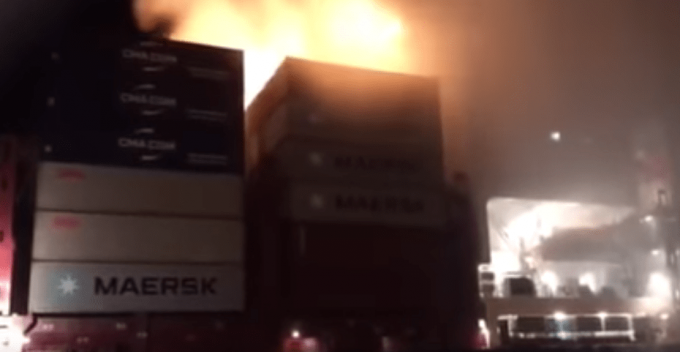Shippers and carriers await Iran decision on Hormuz in response to US attack
Logistics operators anxious over already fractured supply chains are contingency planning as Iran’s supreme leader, ...

Yet another container vessel has caught fire – the latest casualty is the 9,200 teu APL Vancouver, off the Vietnamese coast en route from China to Singapore.
The blaze started in the early hours of 31 January and with no injuries to the crew reported, The Loadstar understands the vessel has been partially ...

Comment on this article